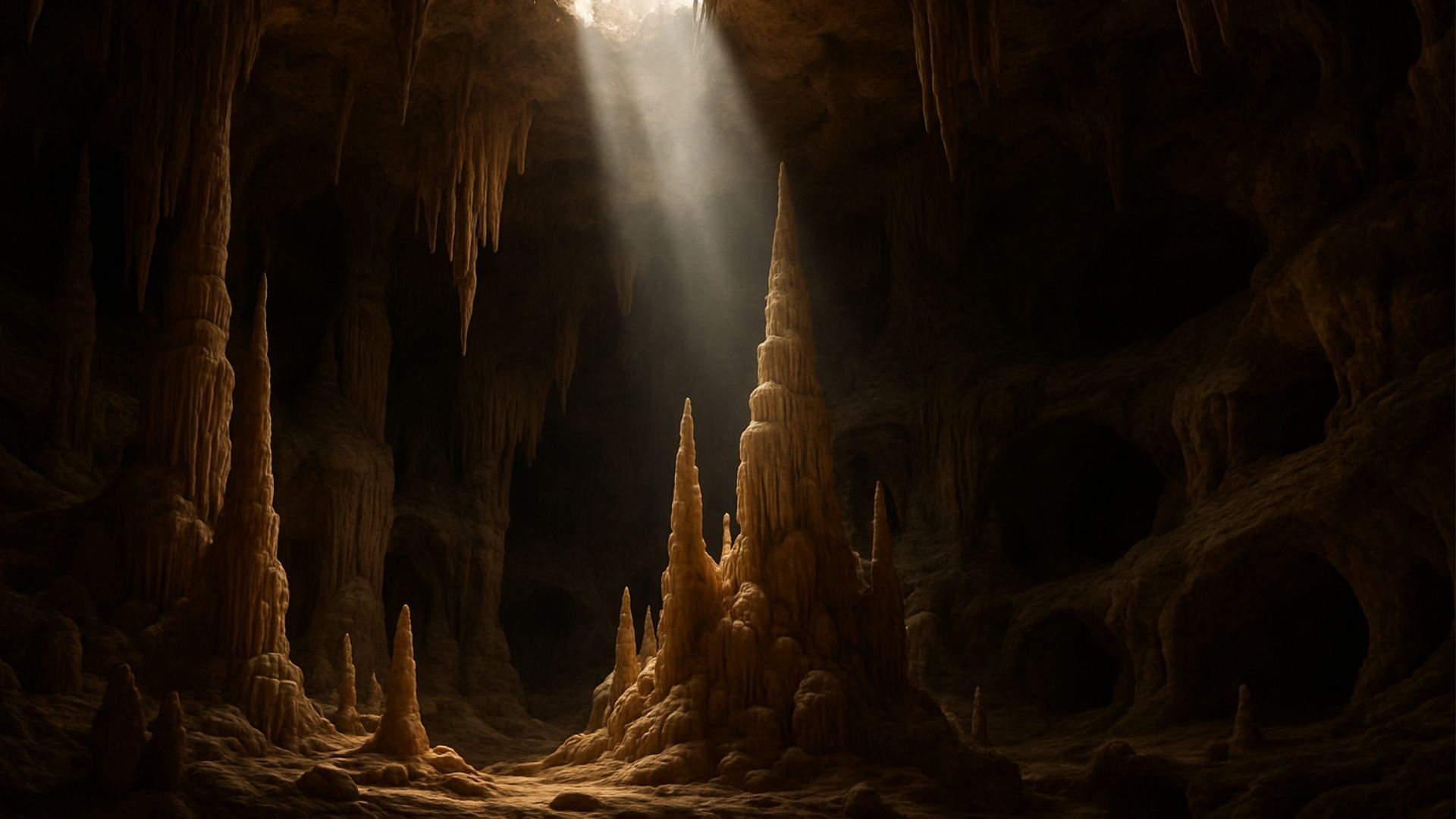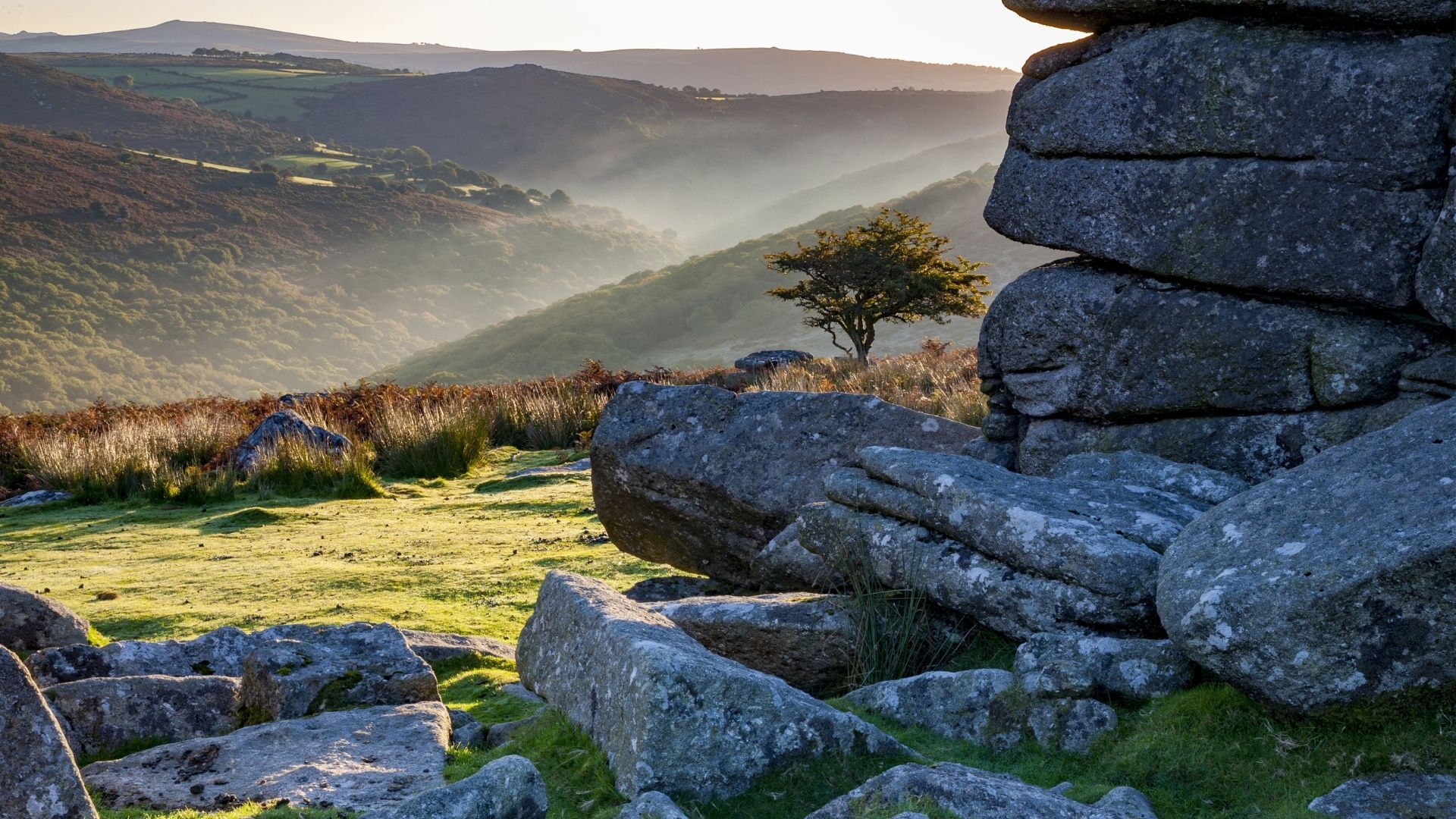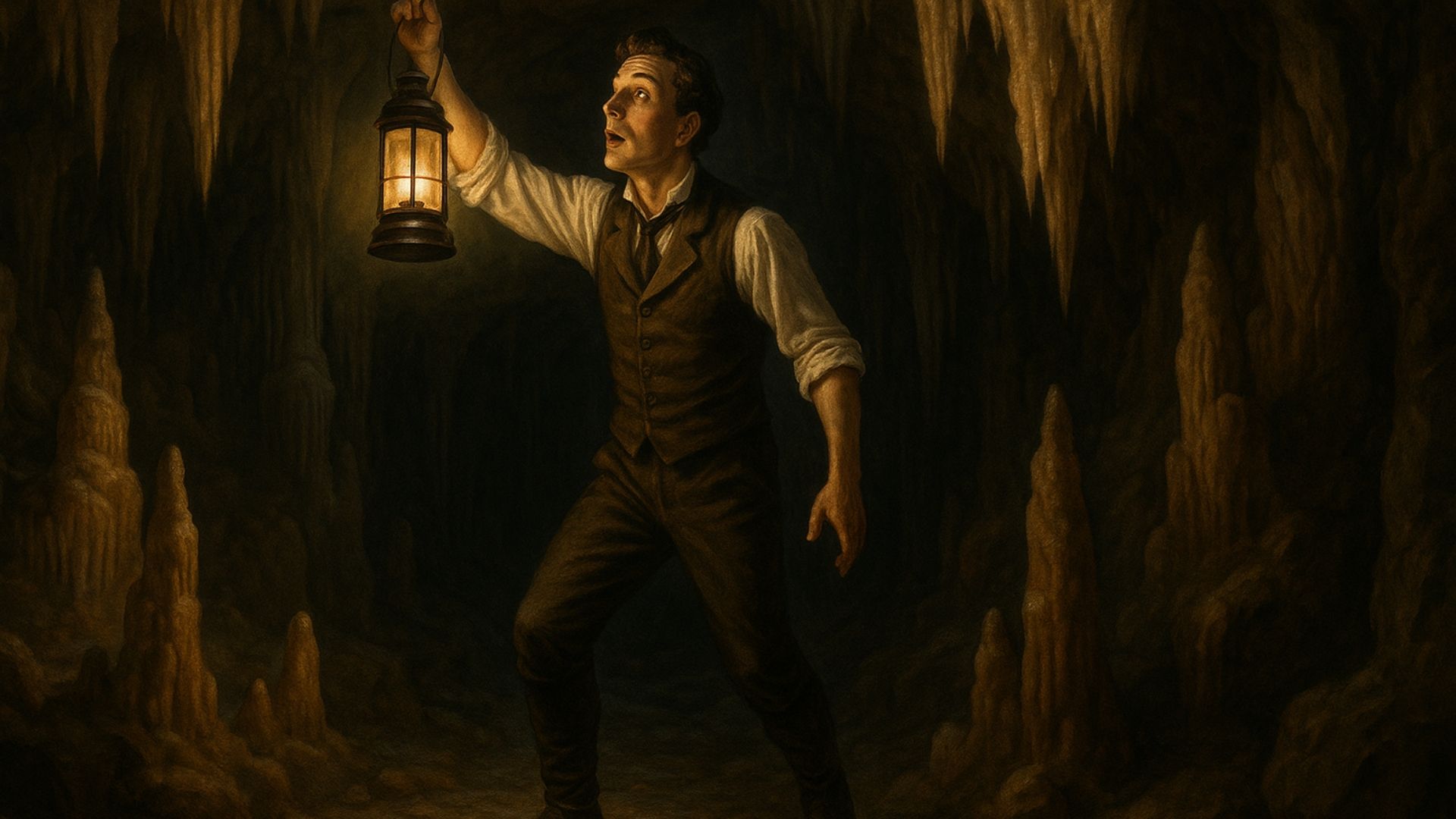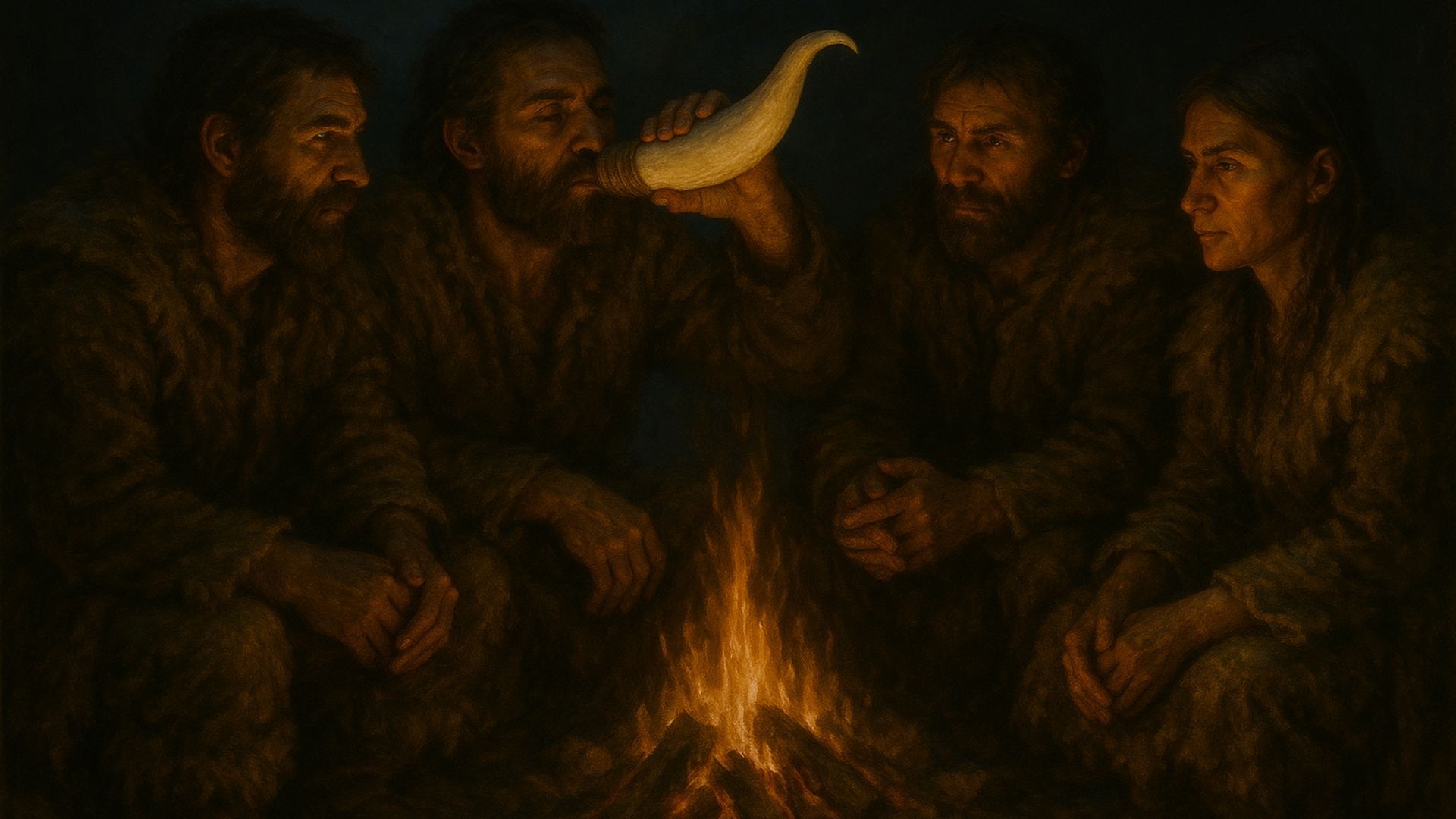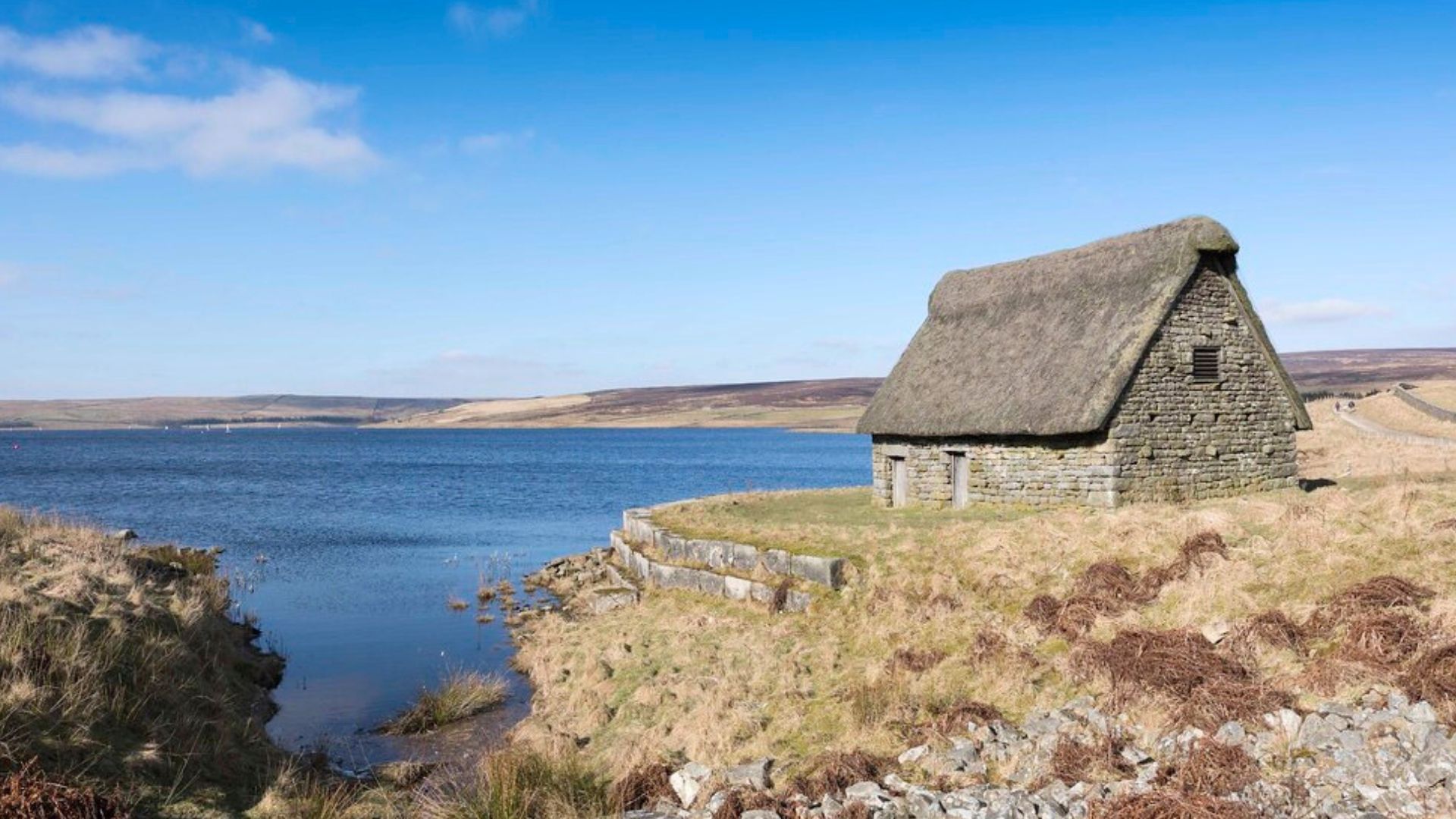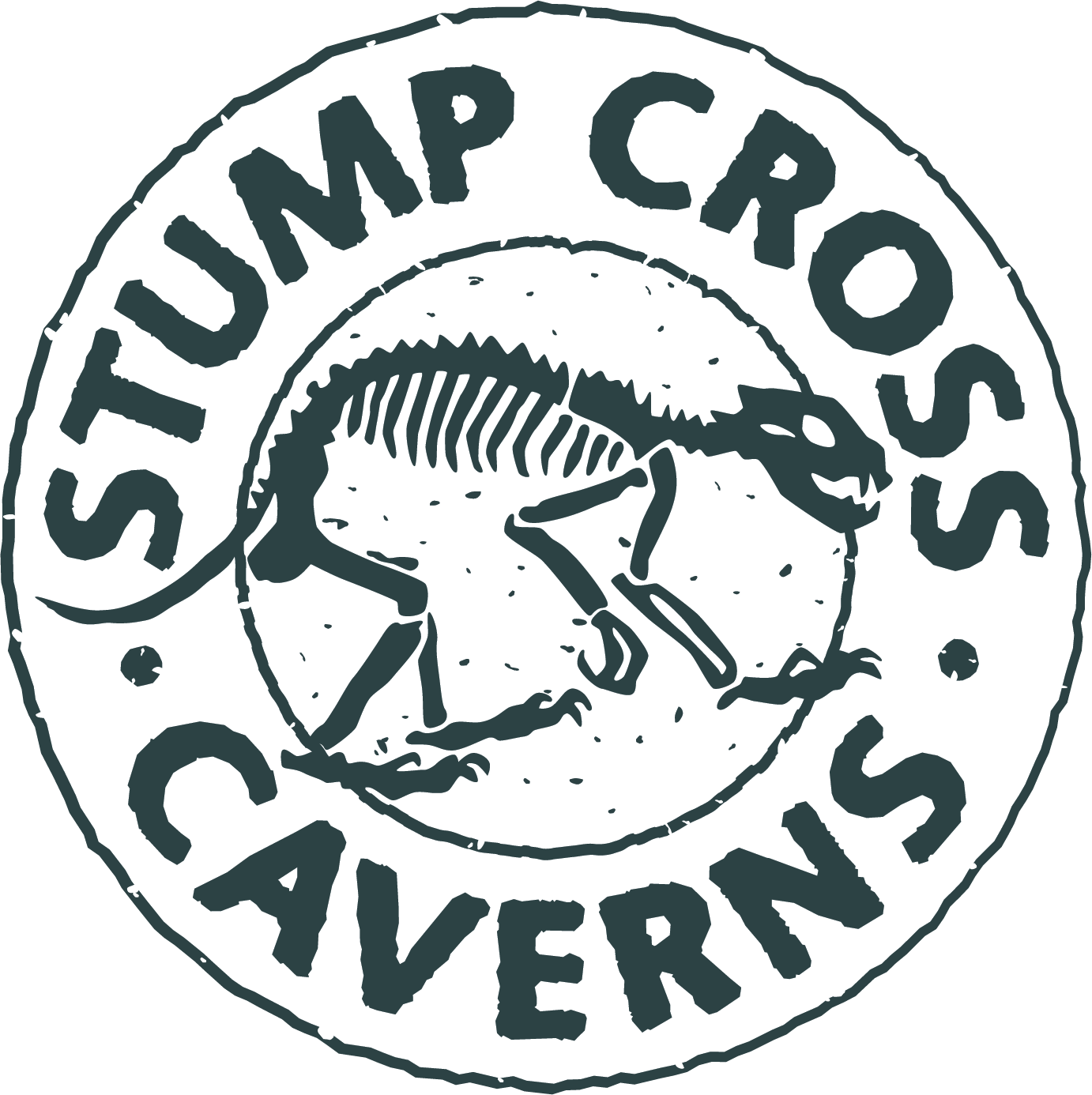Join us as we delve into the Yorkshire legend of the Barguest – a fearsome pooch that may have inspired Arthur Conan Doyle's Hound of the Baskervilles.
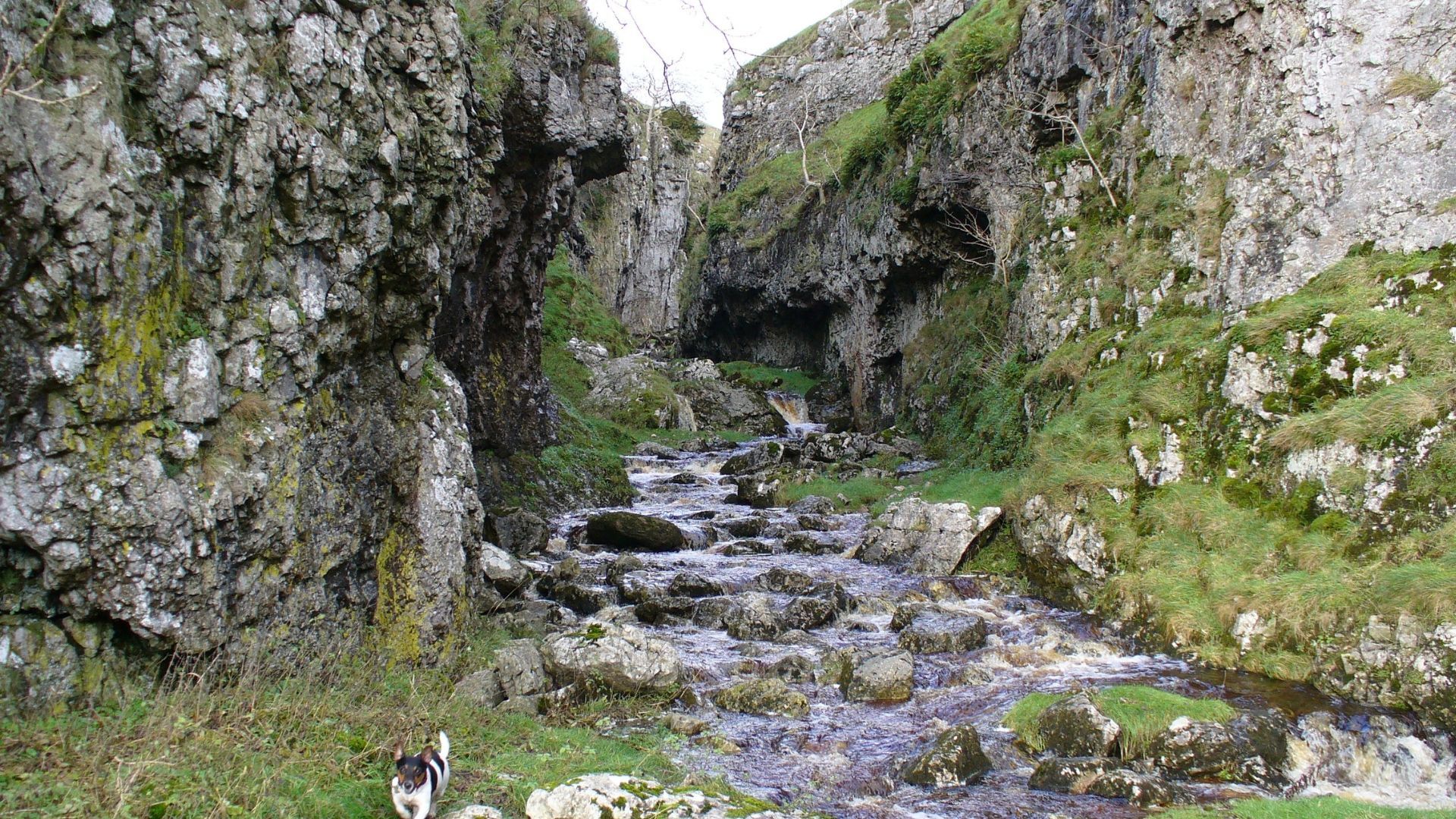
A half hour's walk from Appletreewick in the Yorkshire Dales is the narrow limestone gorge of Trollers Gill. Set among abandoned lead-mine shafts, it's a place that's inspired many folk tales.
The very name is folkloric, deriving from "troll" and an old word for "rear end". It got its name from a local legend that trolls lived there and would roll stones down the sides of the gorge whenever humans approached.
Today, the most dangerous thing is the stream bed after heavy rain. Most of the time, it's dry as a bone – but its underground network of caves can overflow, making it slippery underfoot.
It's not only trolls who have been said to live there. Legends abound of sprites, pixies, goblins, gnomes and boggarts. There's even a pothole, 55 metres deep, known as "Hell Hole".
One popular legend concerns a terrifying dog called the Barguest who, like Medusa, has a deadly gaze that can turn you into stone on the spot. Its long hair, bowl-sized eyes and razor-sharp teeth are the stuff of nightmares.
The legend of the Barguest
The Barguest is a variation of the British and Northern European legend of thehellhound. Stories dating back to the 12th century tell of ghostly black hounds that roam the land – with East Anglia'sBlack Shuck still being spotted to this day.
The Barguest isn't only said to have lived in Trollers Gill. It's been sighted in York and Whitby, roaming the streets and alleys in search of human prey. In Darlington, the Barguest is a shapeshifter, taking the form of a headless man, a white cat, a rabbit and a black dog.
One legend has it that the Barguest appears on the death of a person of note. He stalks the town, followed by all the neighbourhood's dogs in a cacophony of howls and barks.
The common denominator of all these legends is a mythical, monstrous black dog with huge teeth and claws – although further north, inNorthumberland and Durham, the word can refer to a ghost or household sprite.
The Barguest of Trollers Gill is immortalised in a ballad called "The Legend of the Troller's Gill", published in William Hone's
Every-Day Book
(1830). This was a collection of "popular amusements, sports, ceremonies, manners, customs, and events incident to the 365 days in past and present times" – a sort of Victorian stocking filler.
The poem tells the gruesome tale of a man who spends a moonlit night in "the horrid gill of the limestone hill" intending to summon and kill the beast. As in Charles Dickens's
The Signalman (1866), the man is warned not to proceed by a disembodied voice – in this case, shouting the word "forbear".
Undeterred, he continues his journey and arrives at a huge, dark yew tree. Believing the beast to be supernatural, he fights fire with fire and carries out a magic ritual to protect himself. He draws a circle on the ground, chants and kisses the ground three times. Now protected (or so he believes), he summons the beast:
"And a dreadful thing from the cliff did spring,
And its wild bark thrill'd around –
Its eyes had the glow of the fires below –
'Twas the form of the Spectre Hound!"
His charms fail him, and his dead body is discovered the next day with marks on his breast that "seem'd not by mortal hand".
Did the Barguest inspire Arthur Conan Doyle?
In his 1901 Sherlock Holmes novel
The Hound of the Baskervilles, Arthur Conan Doyle relates how Sir Charles Baskerville has been found dead, his face twisted in horror, with giant paw prints near his corpse. The family, Watson tells Holmes, is said to be cursed by a demonic hound who haunts their manor.
It's long been accepted that
The Hound of the Baskervilles was based on a legendary spectral hound from Dartmoor National Park. This is borne out by Conan Doyle'sremark in the preface to
The Complete Sherlock Holmes Long Stories that he had heard from his friend – that "fine fellow" Bertram Fletcher Robinson – that a ghostly dog lived near his house on Dartmoor. "That remark," says Conan Doyle, "was the inception of the book".
Some, however, claim that Trollers Gill was the inspiration – or at least contributed to Conan Doyle's story.
Did Conan Doyle, they speculate, hear the tale of the Barguest from his mother Mary? At the time of the book's composition, she lived in Masongill, around 30 miles northwest of Trollers Gill. (Incidentally, the name "Sherlock Holmes" may have derived fromMasongill.) She was,it seems, a keen teller of folk tales.
It may be that Conan Doyle had the Barguest in mind when writing
The Hound of the Baskervilles. It may be that he was thinking only of Fletcher Robinson's Dartmoor hound. Or it may be that he was drawing on the long tradition of British hellhounds as well as the Dartmoor dog. We may never know…
Walking in Trollers Gill
Trollers Gill is a great spot for walking. There are many routes you can take, including:
- Trollers Gill and High Crag.
- Acircular walk from Burnsall that takes you via the River Wharfe, Parcevall Hall Gardens (24 acres of gardens laid out by Sir William Milner in the early 20th century) and on to Appletreewick and Hartlington.
- Trollers Gill and Hell Hole.
These walks are suitable for all the family – but make sure you go on a dry day as the gill is impassable after heavy rain.
If you're walking in the area and need some scran, we have a cafe here at Stump Cross Caverns, which boasts splendid views as well as fabulous food and drink.
Looking for things to do in the Yorkshire Dales? At Stump Cross Caverns we offer
tours of our caves along with a variety of experiences and events. Book now.

